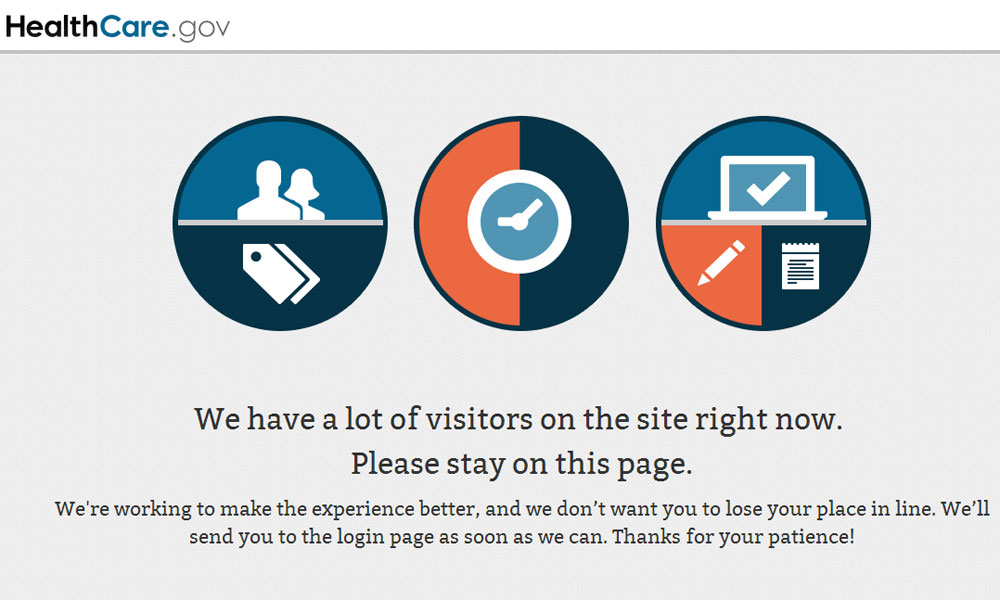
Failure to Launch: How to Avoid Your Own Website Debacle
From HealthCare.gov to the Common Application website, it’s been a rough few weeks on the internet. Two web-development experts discuss what went wrong, and how associations can avoid a similar fate.
Nothing will get an organization in hot water with the public—and maybe even Congress—quicker than having a website that doesn’t work.
The Obama administration is finding that out the hard way as it scrambles to fix the malfunctioning HealthCare.gov site and deal with the political fallout on Capitol Hill, where contractors on the project were grilled yesterday by members of the House Energy and Commerce Committee. Meanwhile, elsewhere on the web, high school seniors are encountering problems with the recently relaunched Common Application website—a system used by over 515 colleges and universities—causing them and their parents serious stress as the November 1 early application deadline for many institutions is quickly approaching.
What’s going on here?
“It appears, at least in the case of the healthcare site, that the government set a launch date that was independent of the amount of time that it would actually take to construct the website,” said Tonya Price, an executive committee member of WebProfessionals.org, an association that provides education and training for individuals who create and manage websites. “As a web professional, if you have somebody who’s telling you, you have to launch by a date that’s totally independent of time you’re going to need to create a project, you’re going to end up having some problems meeting that deadline.”
A traditional web-project management process involves developing a strategy around building a website, talking to the developers involved about their individual tasks, and coming up with a timeline, Price explained. “Then you add up all of those tasks and come up with a release date, a date by which you’re comfortable that you can do the project.”
Price and Bill Cullifer, the organization’s executive director, echoed one another on the importance of communication throughout the process.
“Specification is everything,” said Cullifer. “Sometimes customers, stakeholders, or the department you’re building a website for may want functionality without giving thought to the complexity of the engineering process that it takes to develop a site. Clear communication between the developer and the other parties involved can help in those situations.”
Having a clear plan for testing a new or upgraded site before launch, and sticking to that plan, should prevent major glitches from appearing when the website goes live, Price said. “This could be done through a soft launch of the website, where you make it live but don’t tell everybody. Then you can go in to test it and see if it’s working, and make whatever tweaks might be necessary.”
But even the best development and testing processes don’t guarantee a glitch-free launch. “Always have a backup plan,” Price said. “You always have to assume, as a web project manager, that things are going to go wrong.”
Ensuring that everyone involved with the launch understands the backup and response plan is key—and this apparently was one critical piece that was missing from the healthcare website effort, she said.
“Nobody was on the same page with HealthCare.gov. They had no response prepared if this thing didn’t work, and now they’re scrambling to get it up and running right.”
(Healthcare.Gov screenshot)






Comments